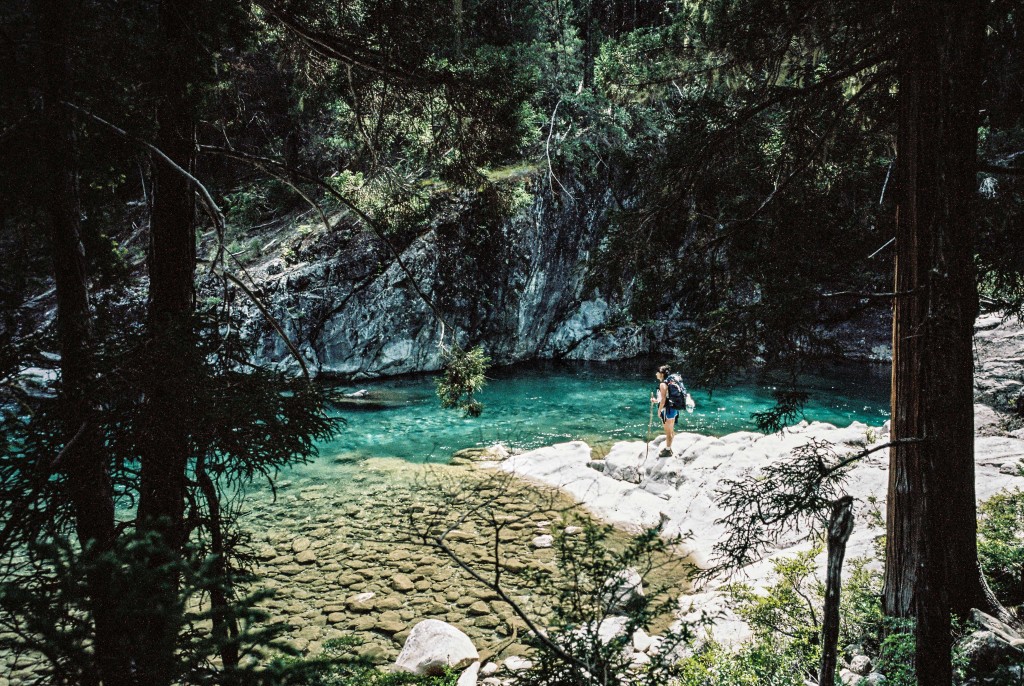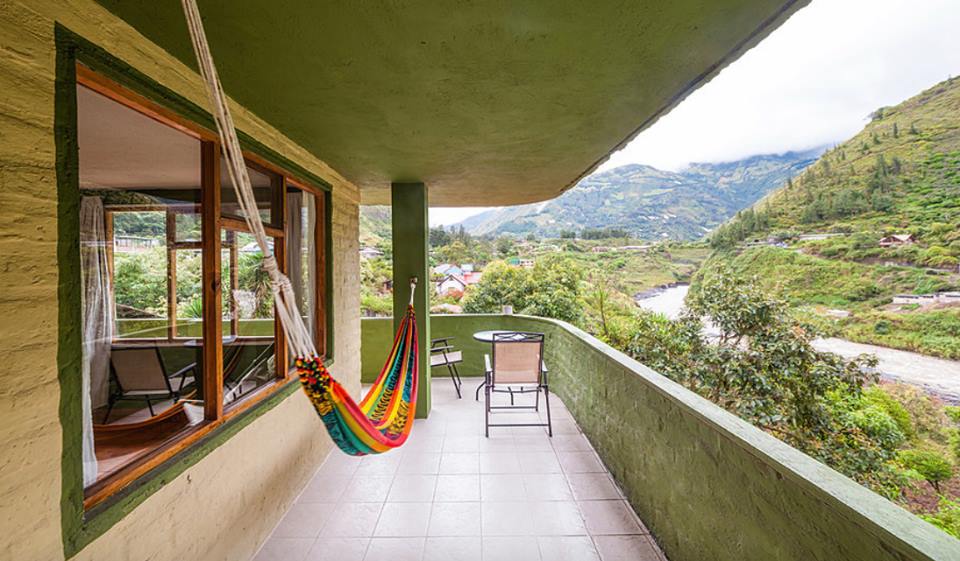Why Patagonia Is The Best Place In The World To Get Away From It All

Samuel Davison is a writer, photographer and editor with a…
Patagonia can be an unforgiving place. There’s no landmass between the South American continent and Antarctica so the wind that collides with the Andes are cold, fast and full of water. It snows almost until Christmas and while you might get long sunny days, at night the temperatures drop chillingly close to zero. But with the inclement weather comes Patagonia’s dramatic landscape, forged by wind, rain and snow over millennia.
Trekking through the Patagonian Andes is the region’s biggest draw card, but its rudimentary and technical trails can be gruelling when your pack contains a tent, food for a few days and a cheeky bottle for a knock off drink (essential for cold nights by the fire). For those adventuring around the area by bus, lugging a tent and camping gear isn’t always feasible.
But there is a way to have it all. Patagonia’s mountain refuges – simple wood and stone cottages located in isolated corners of the Andes – are a thing of beauty, and few are more spectacular than those surrounding the town of El Bolson.

Thirteen shelters flank the bohemian village, most of them connected by a network of trails. After a 17-kilometre uphill climb in the rapidly disappearing daylight, there’s little better than being met by a semi-reclusive Argentine named Juan and his kegs of home brew made from glacial run-off. Not bad. How about watching a storm roll across a valley with a wood fired pizza in front of you? Pretty mint. Sleeping by a fire surrounded by cats and dogs on a real mattress? I’ll rarely turn it down.
El Bolson’s Refugio Circuit can be as long or as short as you like; it’s entirely feasible to make an overnight jaunt to a refuge of your choice before returning to town. But Patagonia is about isolation (you can still be isolated and have creature comforts, OK?) and the feeling of embarking on a multi-day trek is hard to beat. Combining a few of the refuges provides a taste of some of Patagonia’s signature landscapes; fields of wildflowers, hidden glaciers, raging rivers and weathered massifs will all be at your fingertips.
All adventures around El Bolson begin with a stop by the Mountain Information Office, a hole-in-the-wall information centre where you can pick up maps, register your details and get up to date details on trail conditions and weather reports. They’ll help you plan your route, let you know which of the refuges are open (some are only seasonal) and can even offer to store some of your excess luggage while you gallivant around the mountains.

The crown jewel of the Refugio Circuit is the Cajun de Azul, a crack in the earth’s surface so deep you’ll have sweaty palms as you peer over its edge. At the bottom of the crack – and I say crack, because at certain points a foolhardy trekker could jump across it – is water bluer than Frank Sinatra’s eyes. Following the canyon can be done in two ways: from the safety of a well worn path on the southern side or by clambering across a nail-biting system of ladders, bridges and rock faces on the northern side.
From here an arduous ascent through a valley leads to the most remote of the cabins, Los Laguitos, where you’ll be nearly guaranteed some solitude, especially outside of the peak season. At the height of summer you’ll have the company of like-minded travellers and enthusiastic locals, all looking to escape into the mountains.
To ensure a spot in any of the refuges you’ll want to depart early, as these slices of heaven haven’t gone unnoticed. But if the desire to take your time outweighs the need for a mattress you can always pack a tent: most of the refuges offer camping for free and the use of their kitchens for a small fee.
(All images: author’s own)
Samuel Davison is a writer, photographer and editor with a penchant for travel. He is a regular contributor to Swiss magazine, Zweikommasieben, the Berlin-based Fireflies and a number of Australian publications. He publishes an annual journal of photography, This is the Same Ocean, and has published a collection of photographs with Los Angeles publisher Deadbeat Club.


















